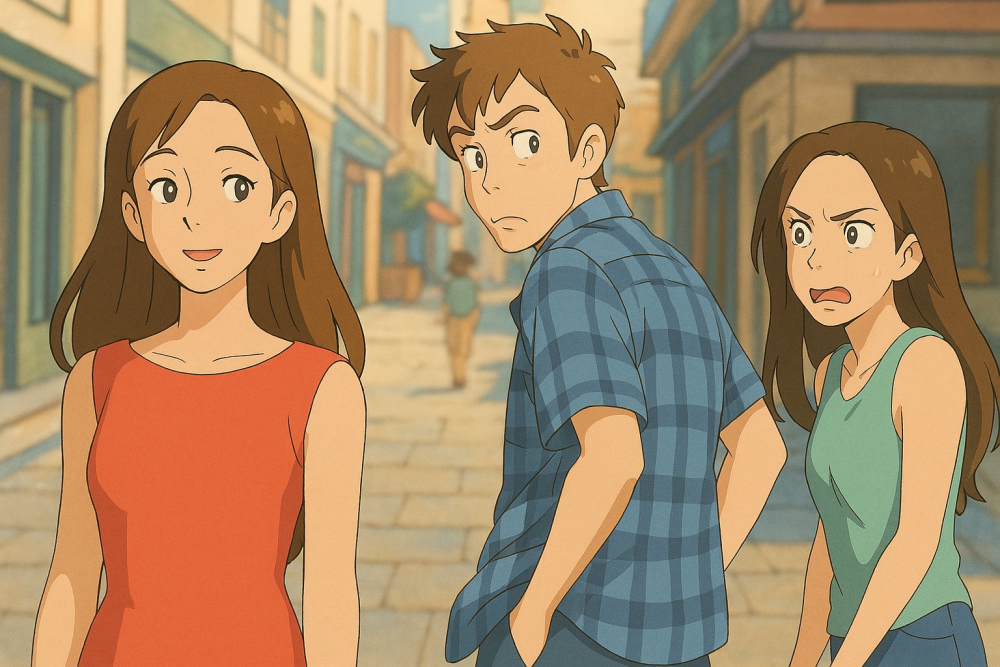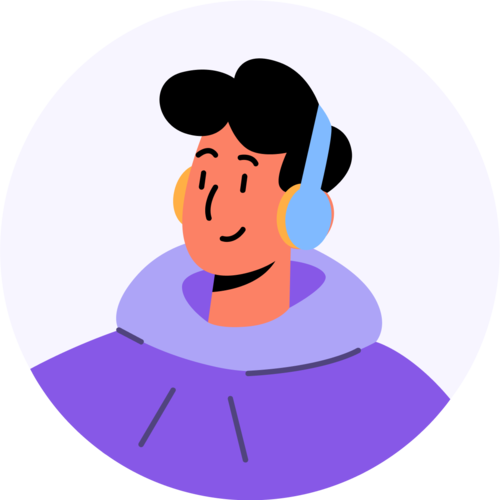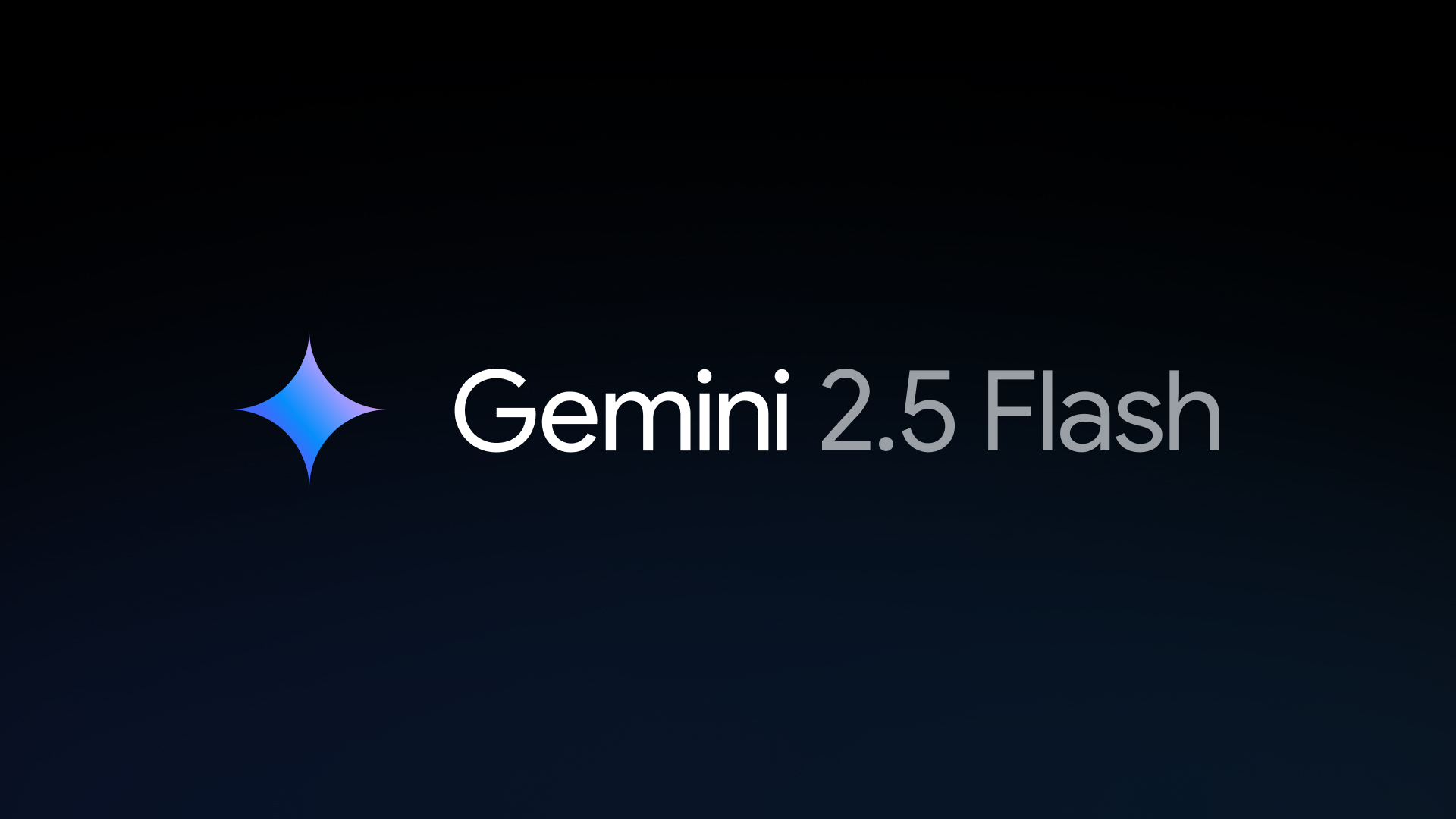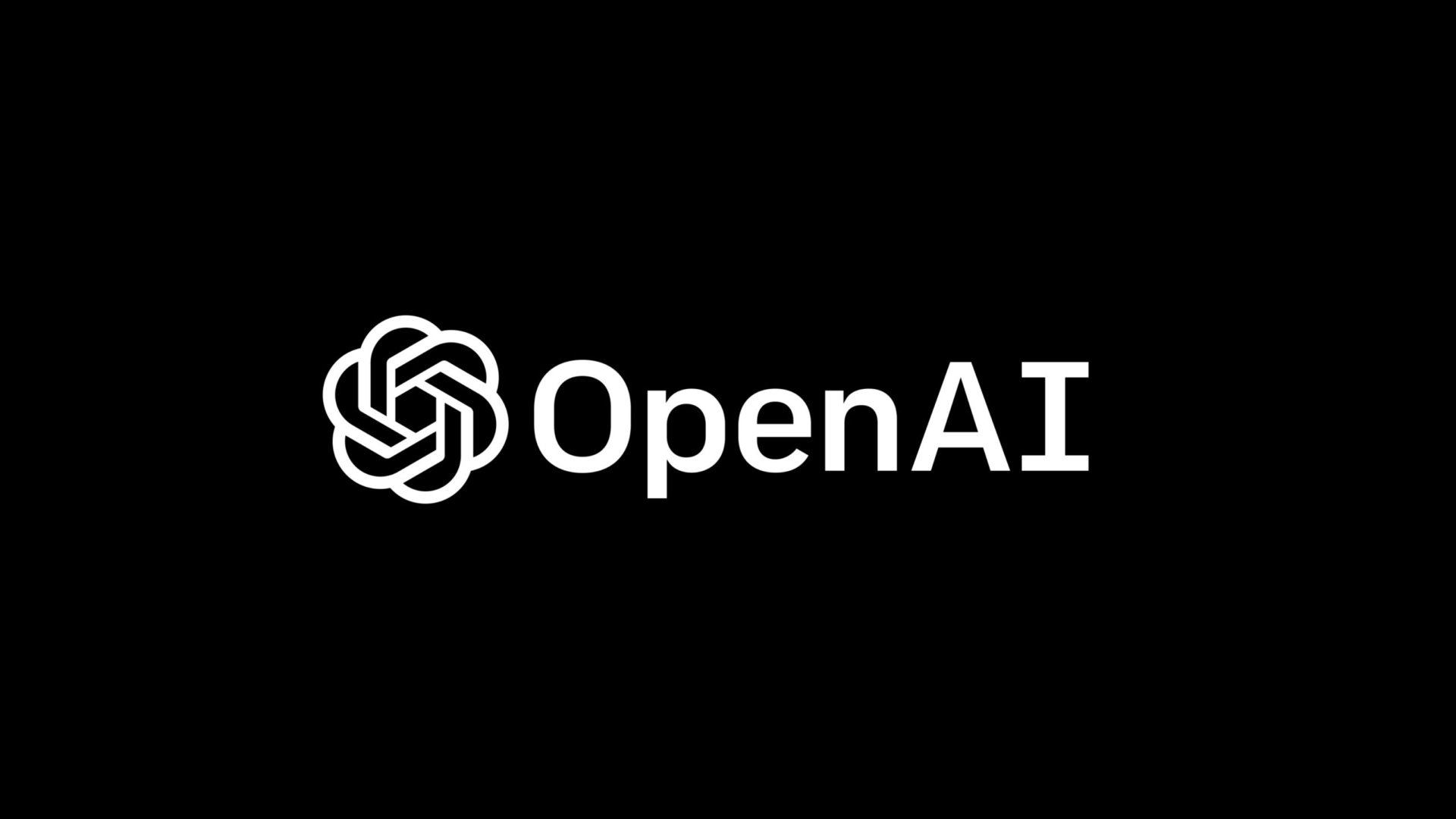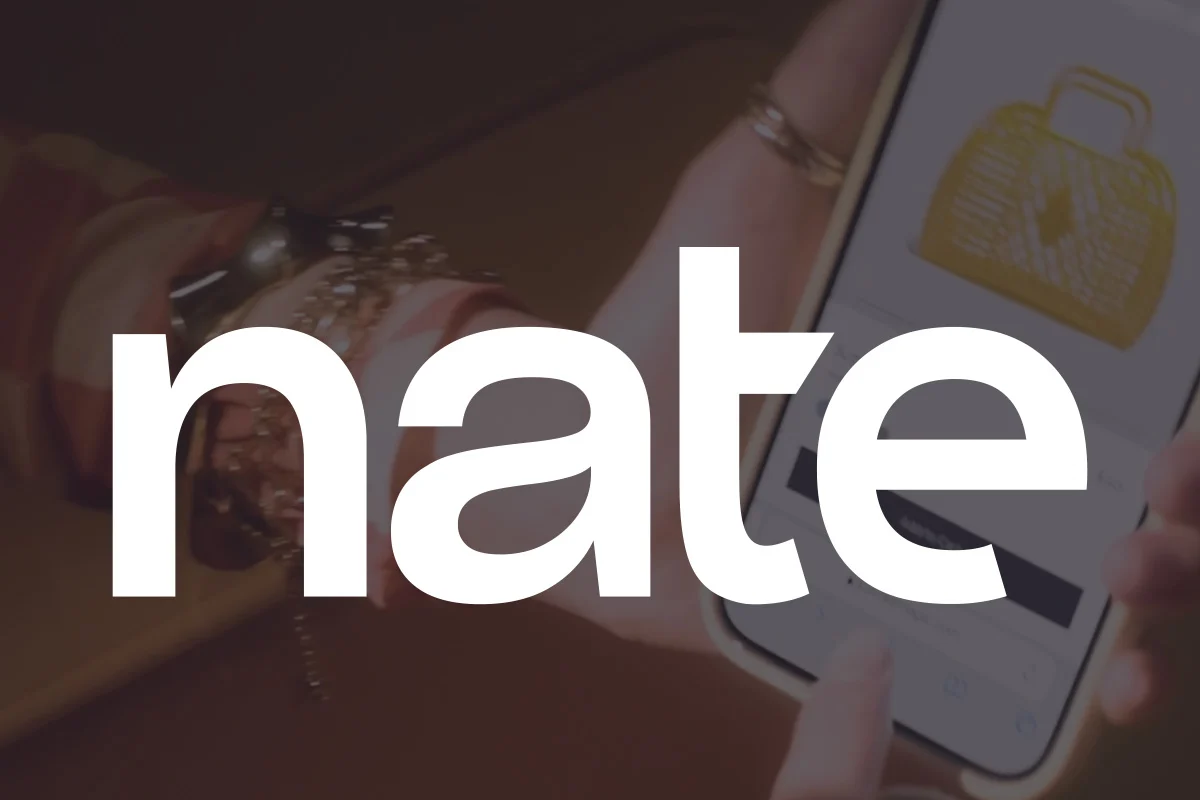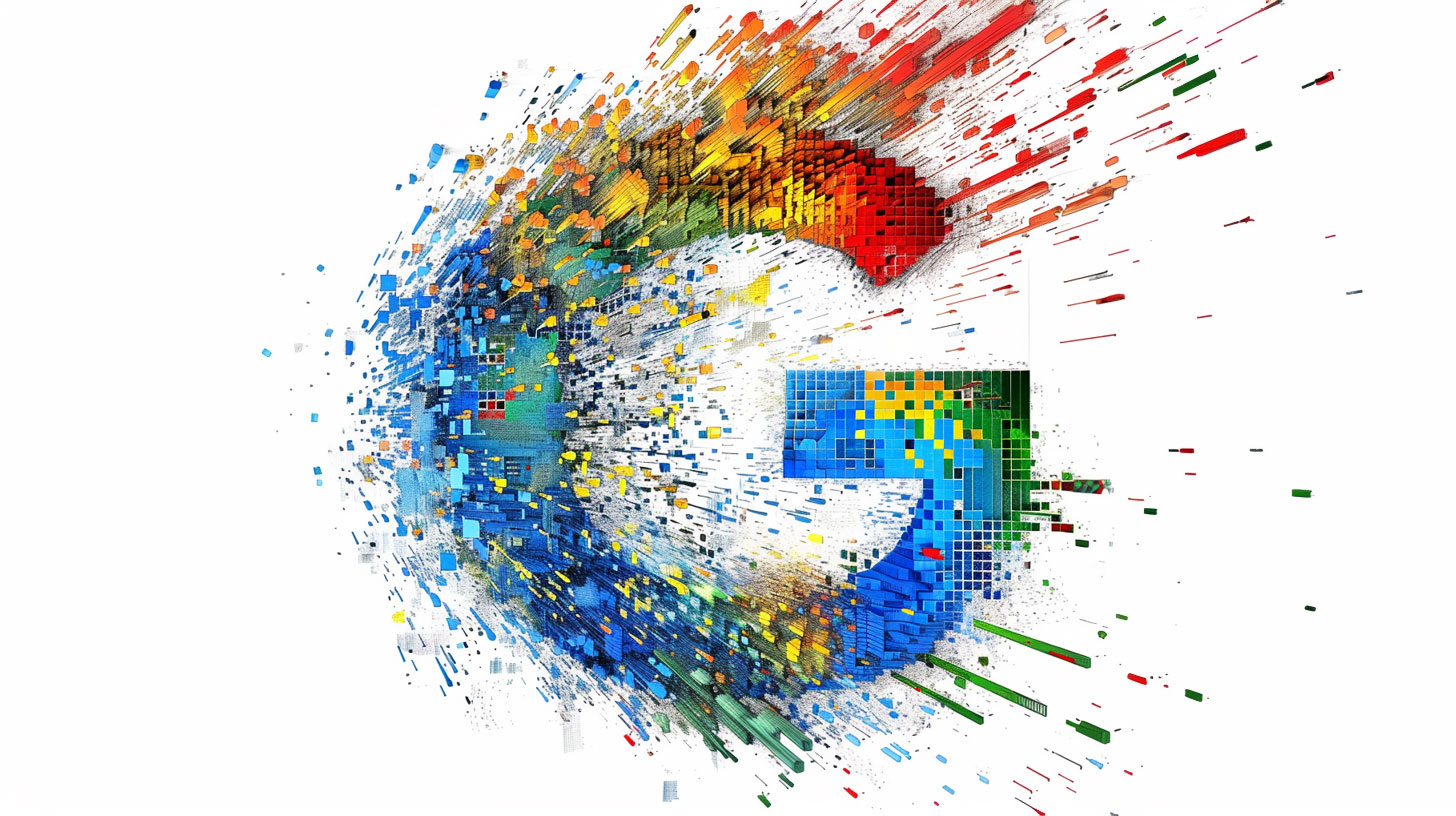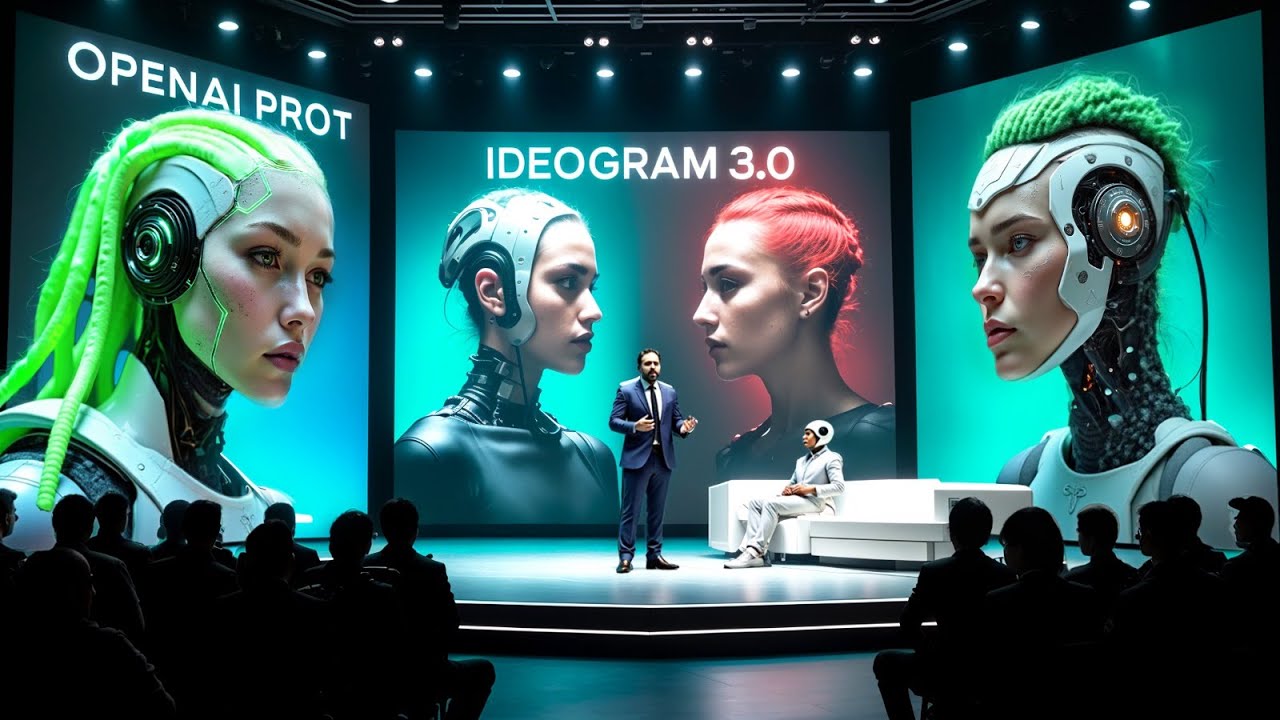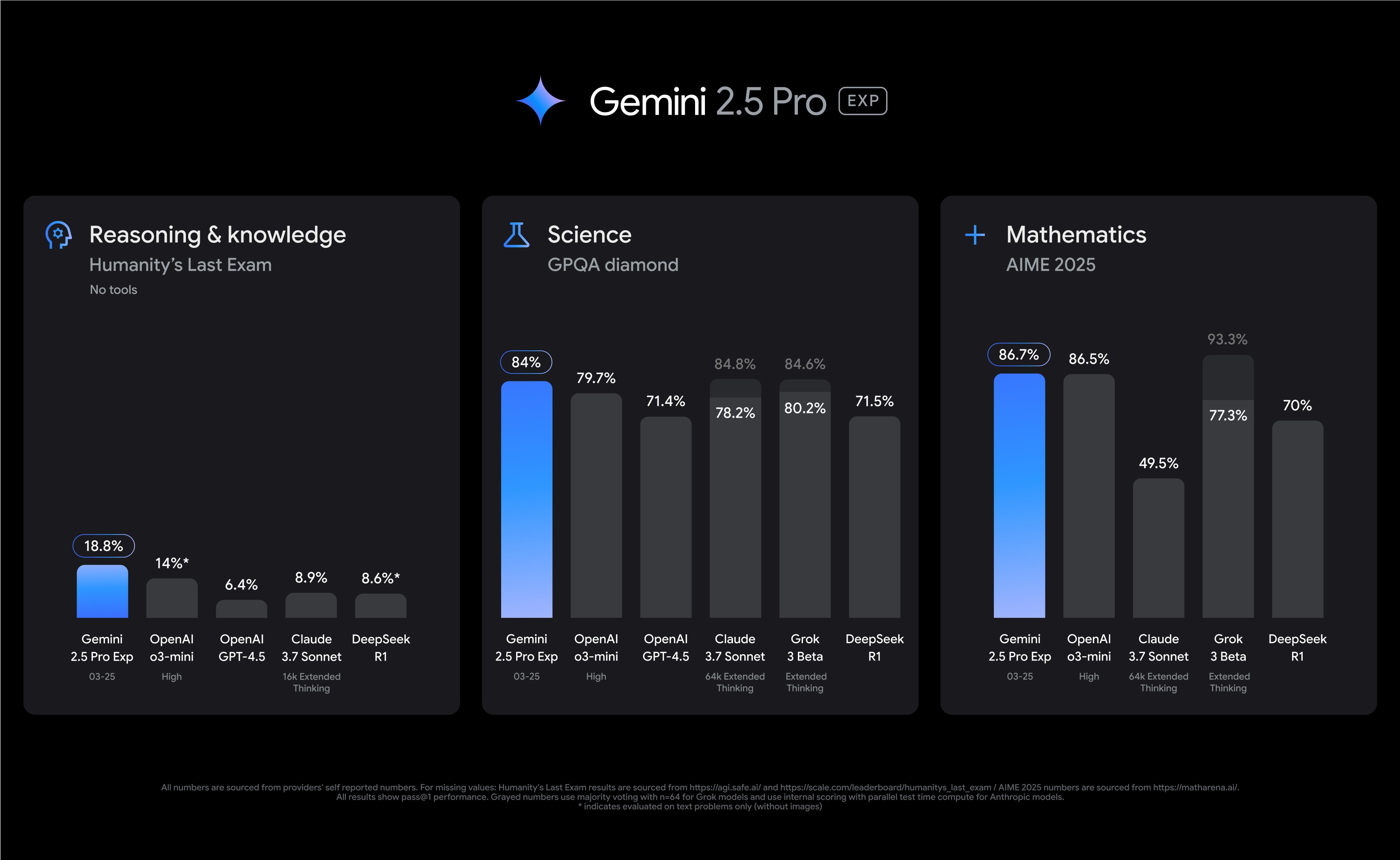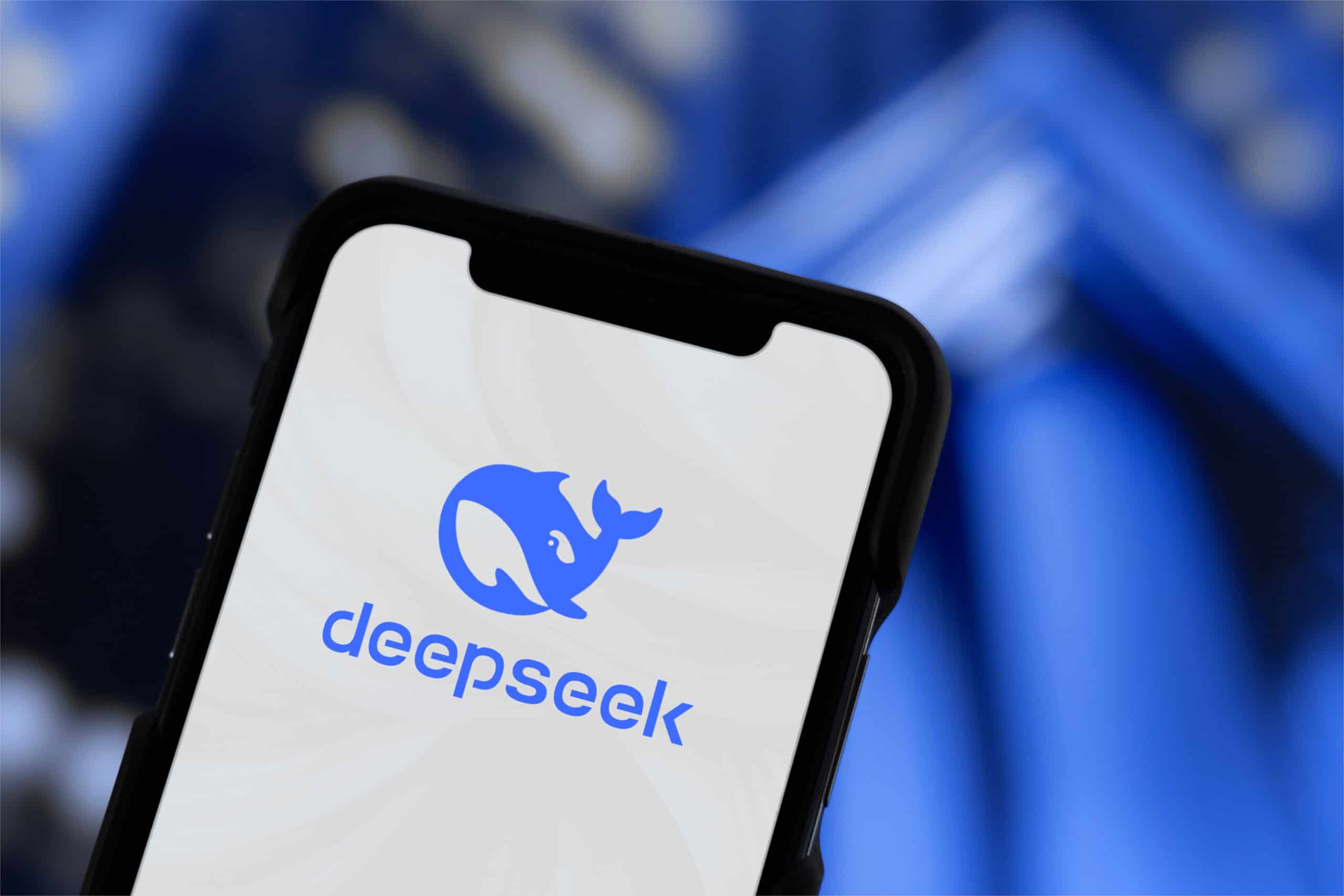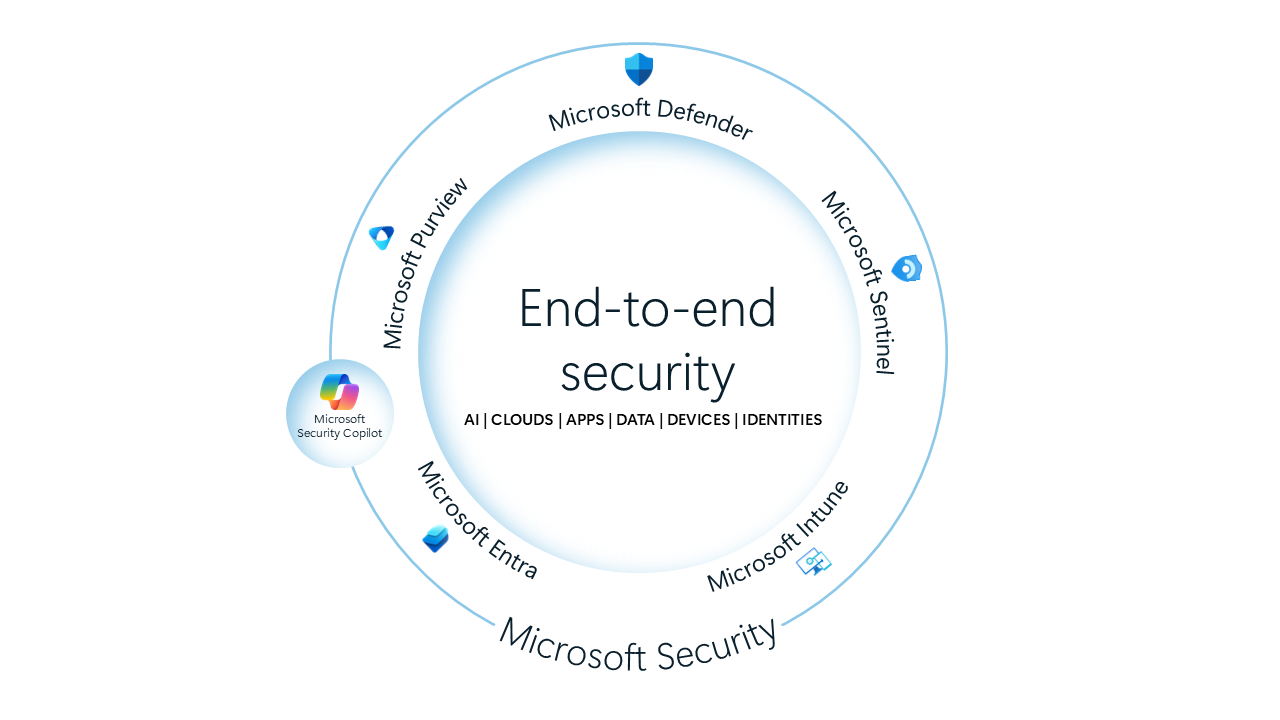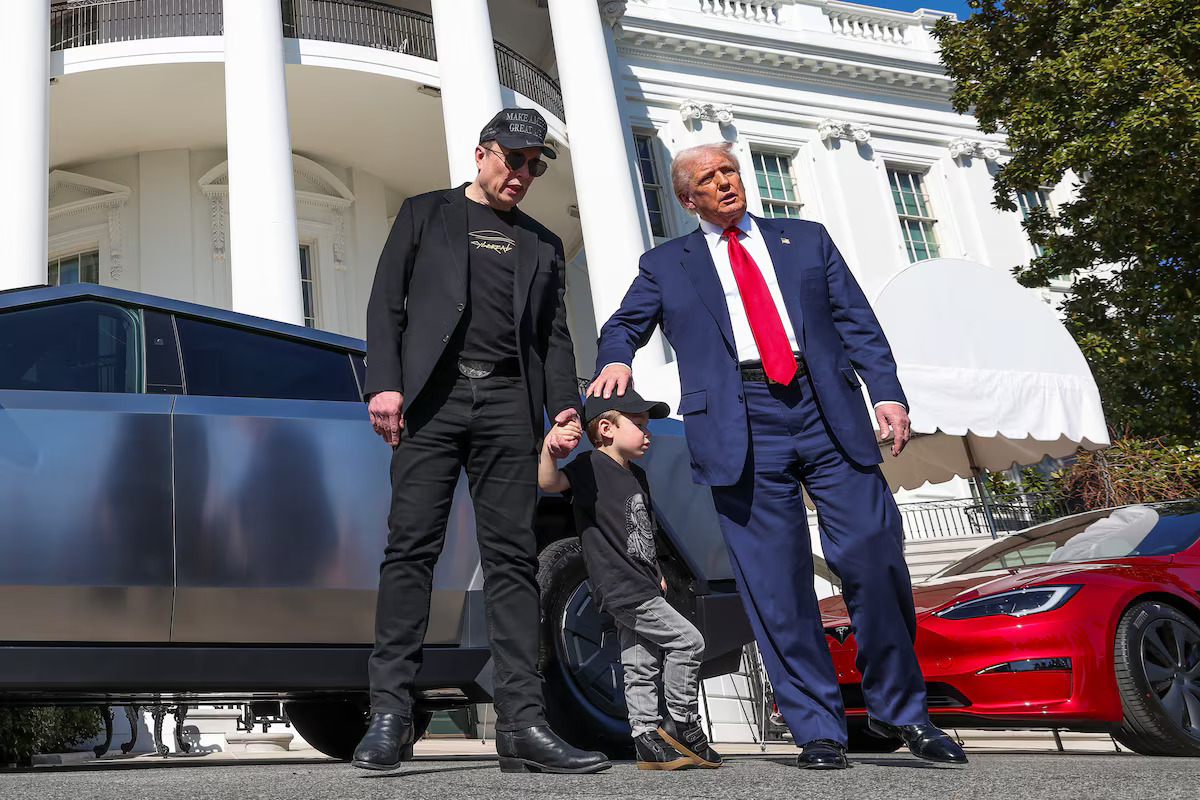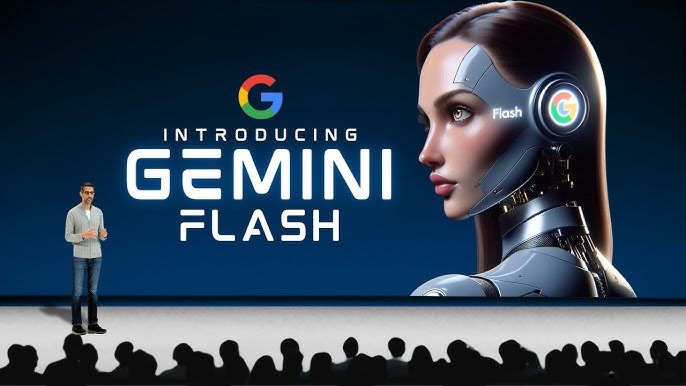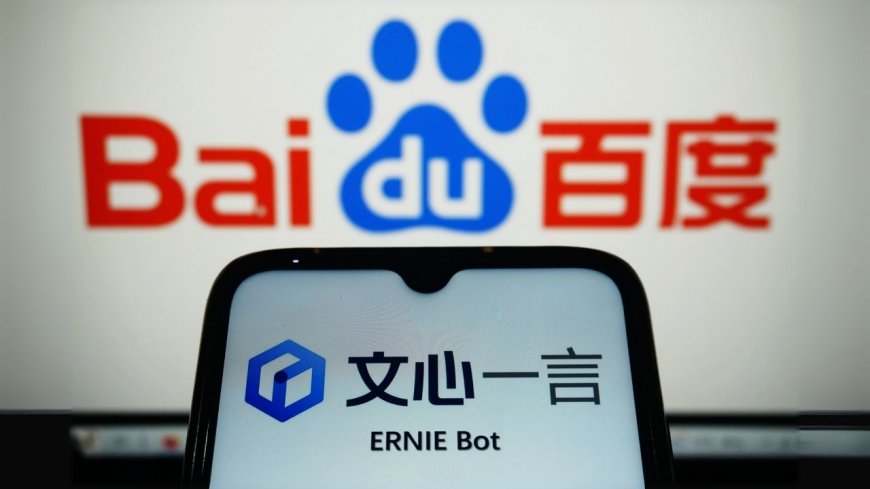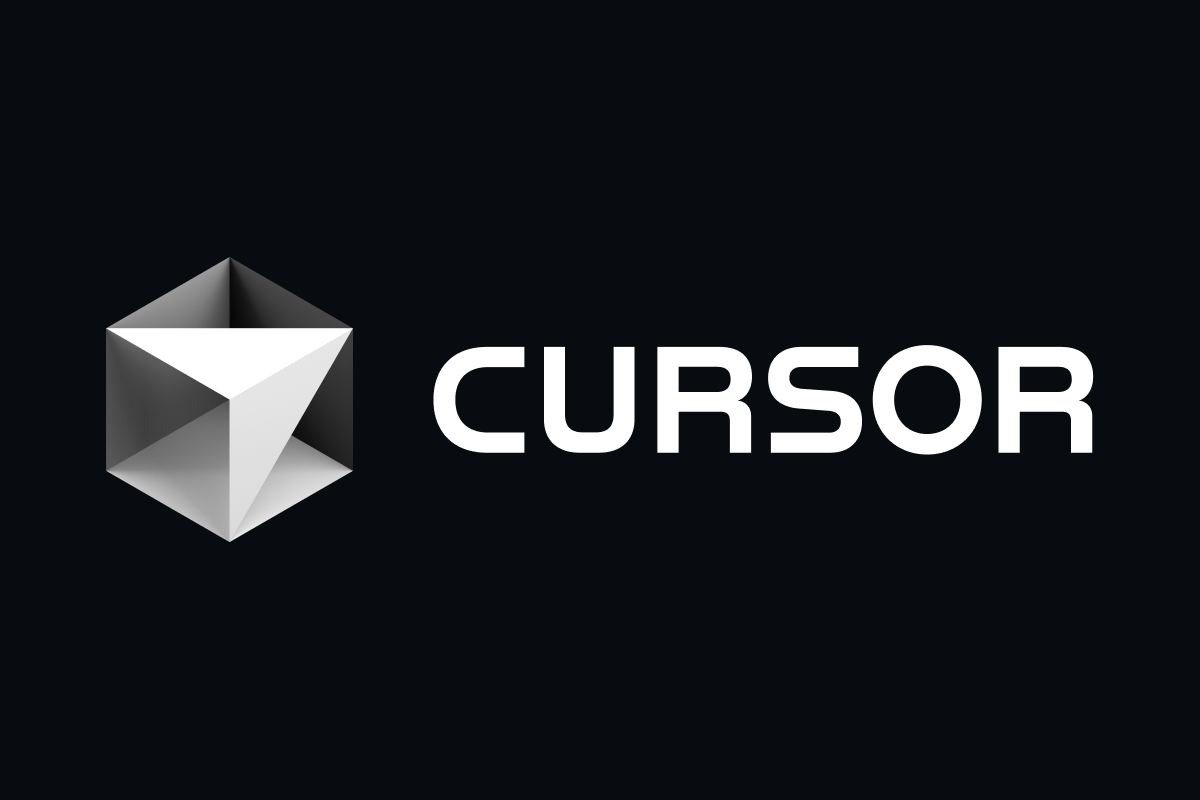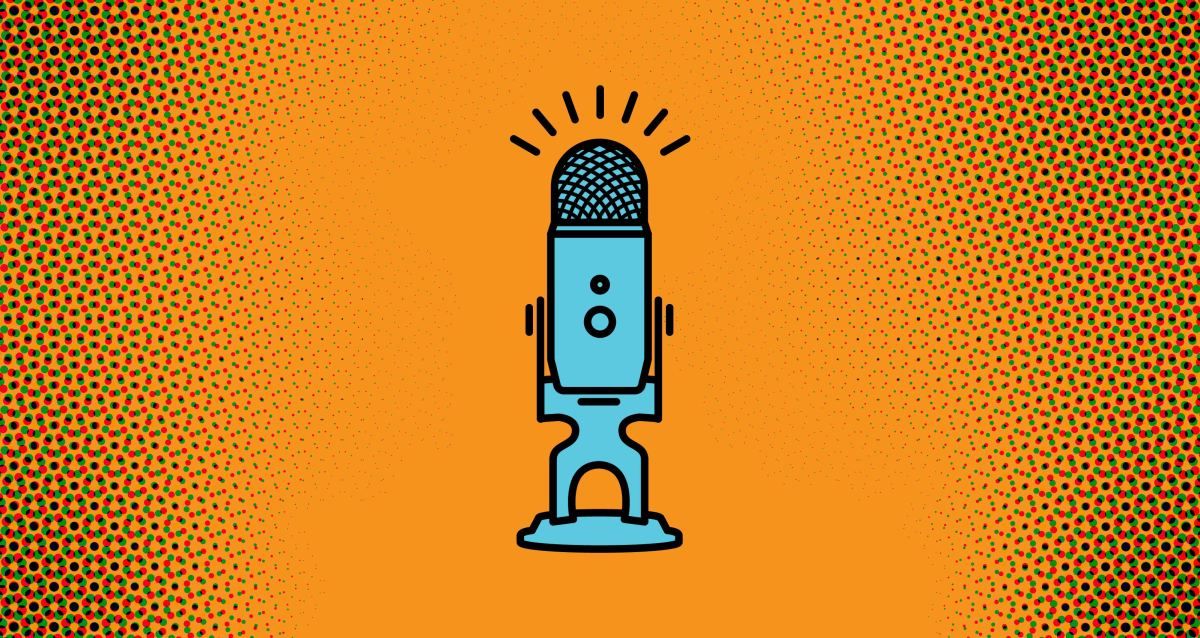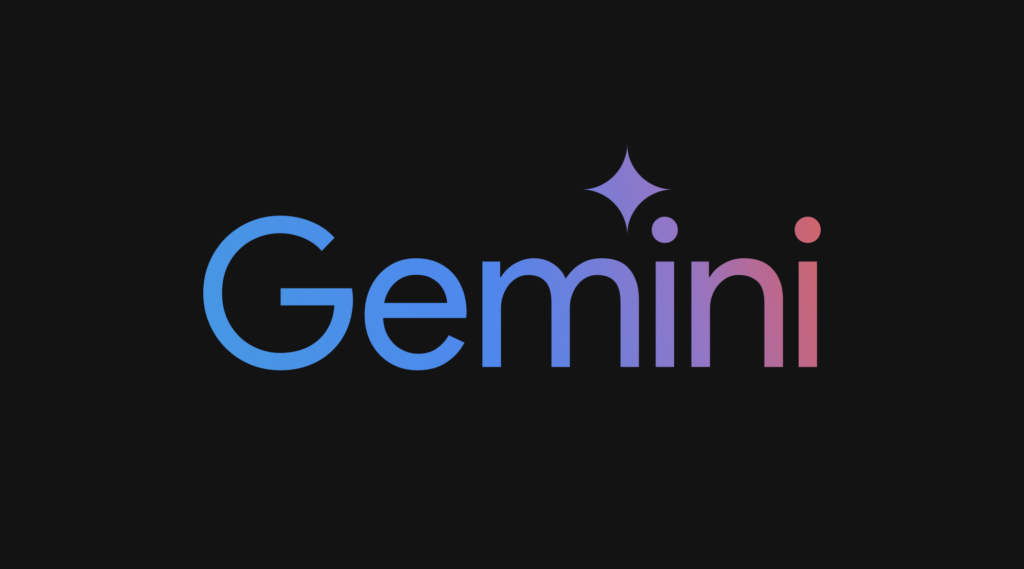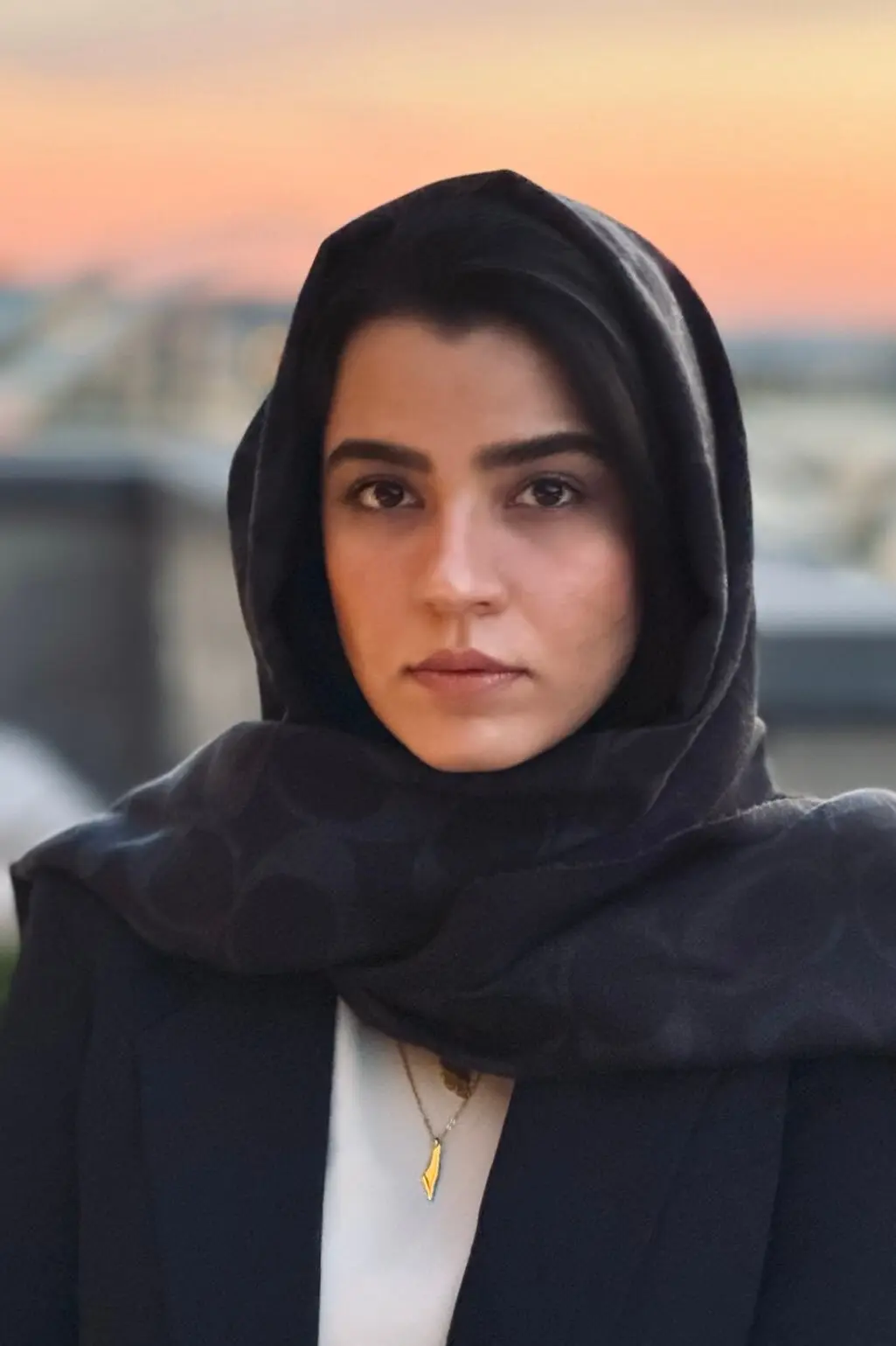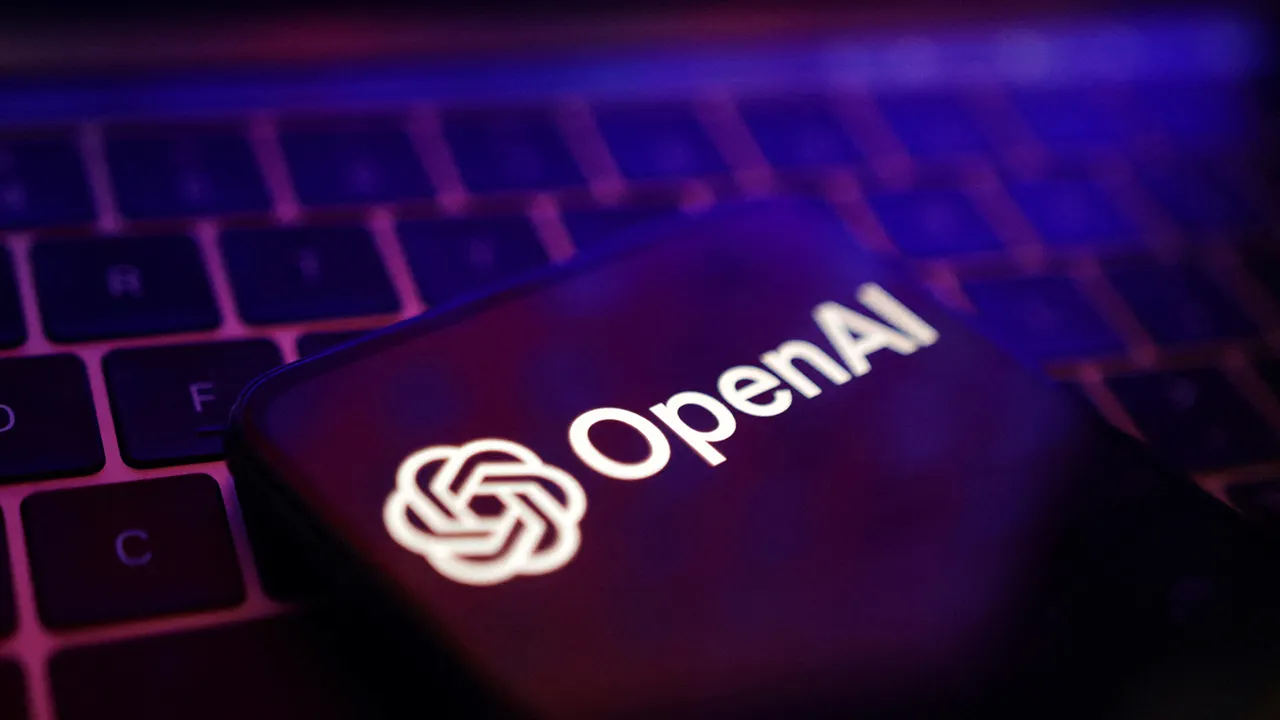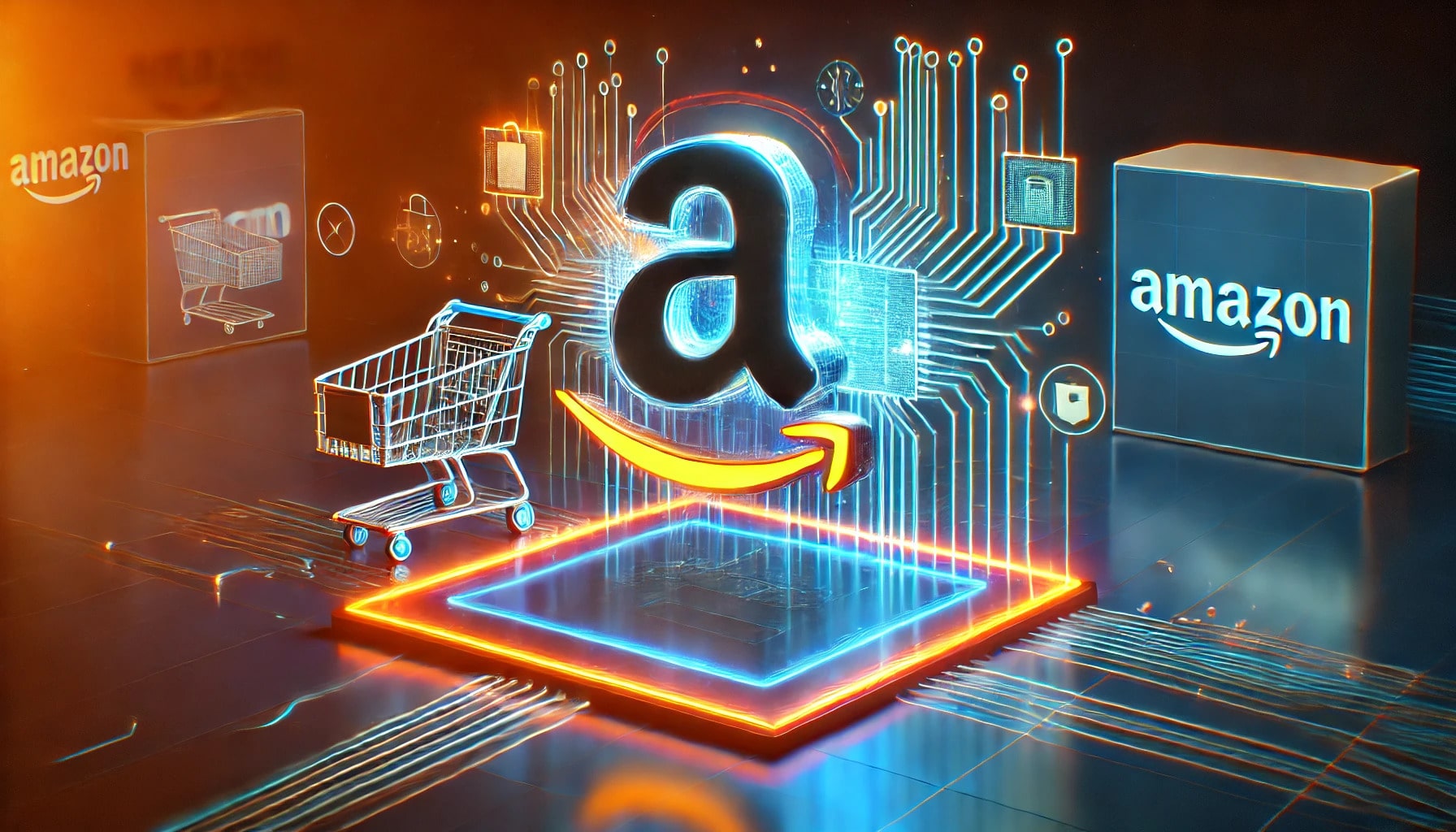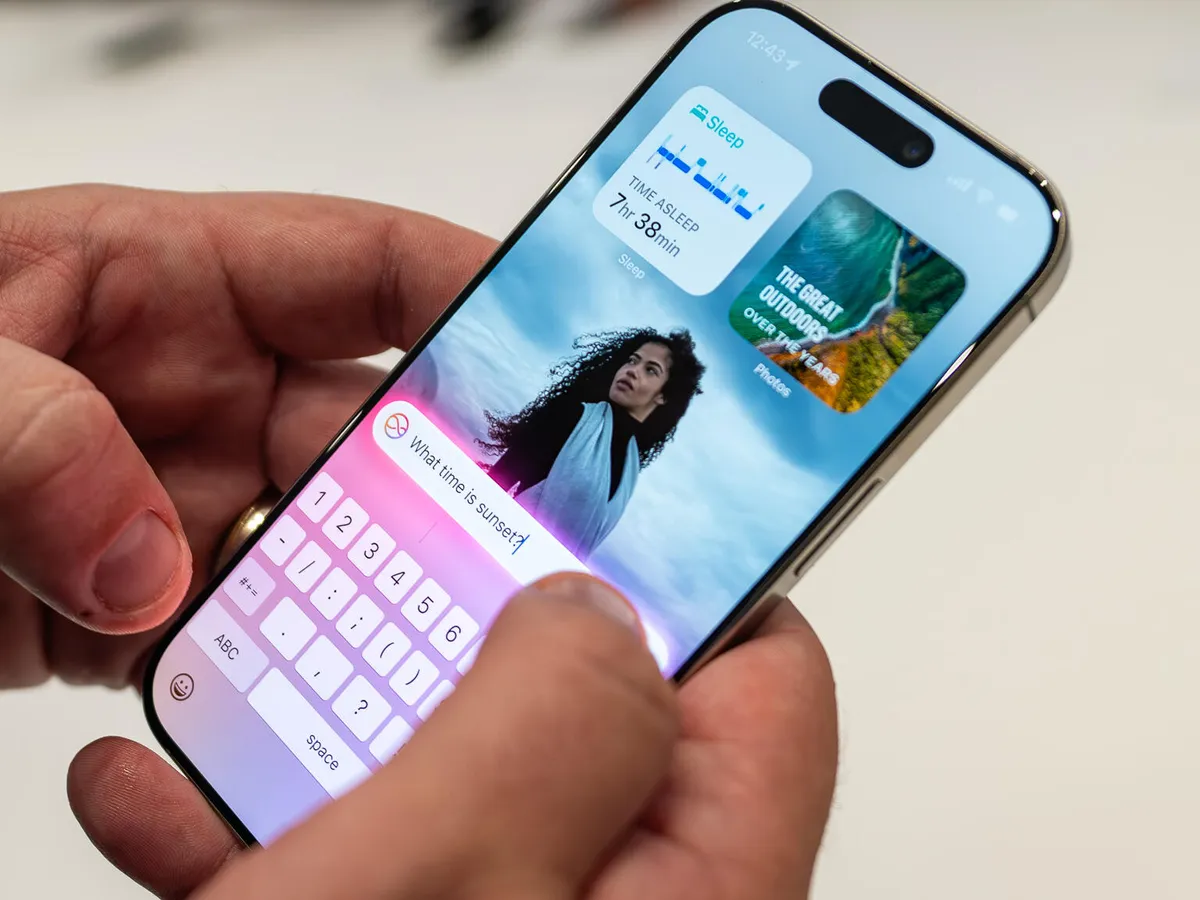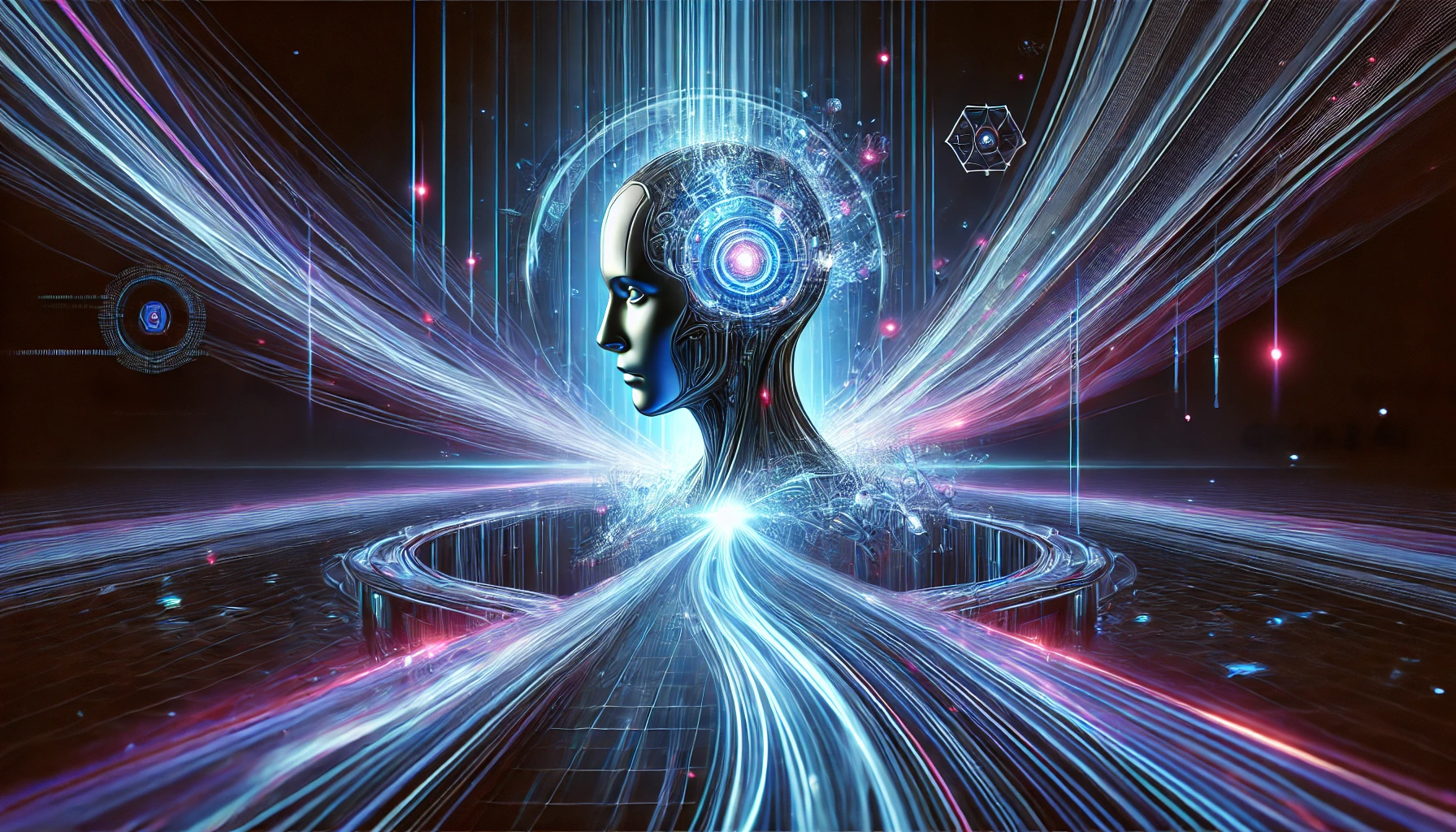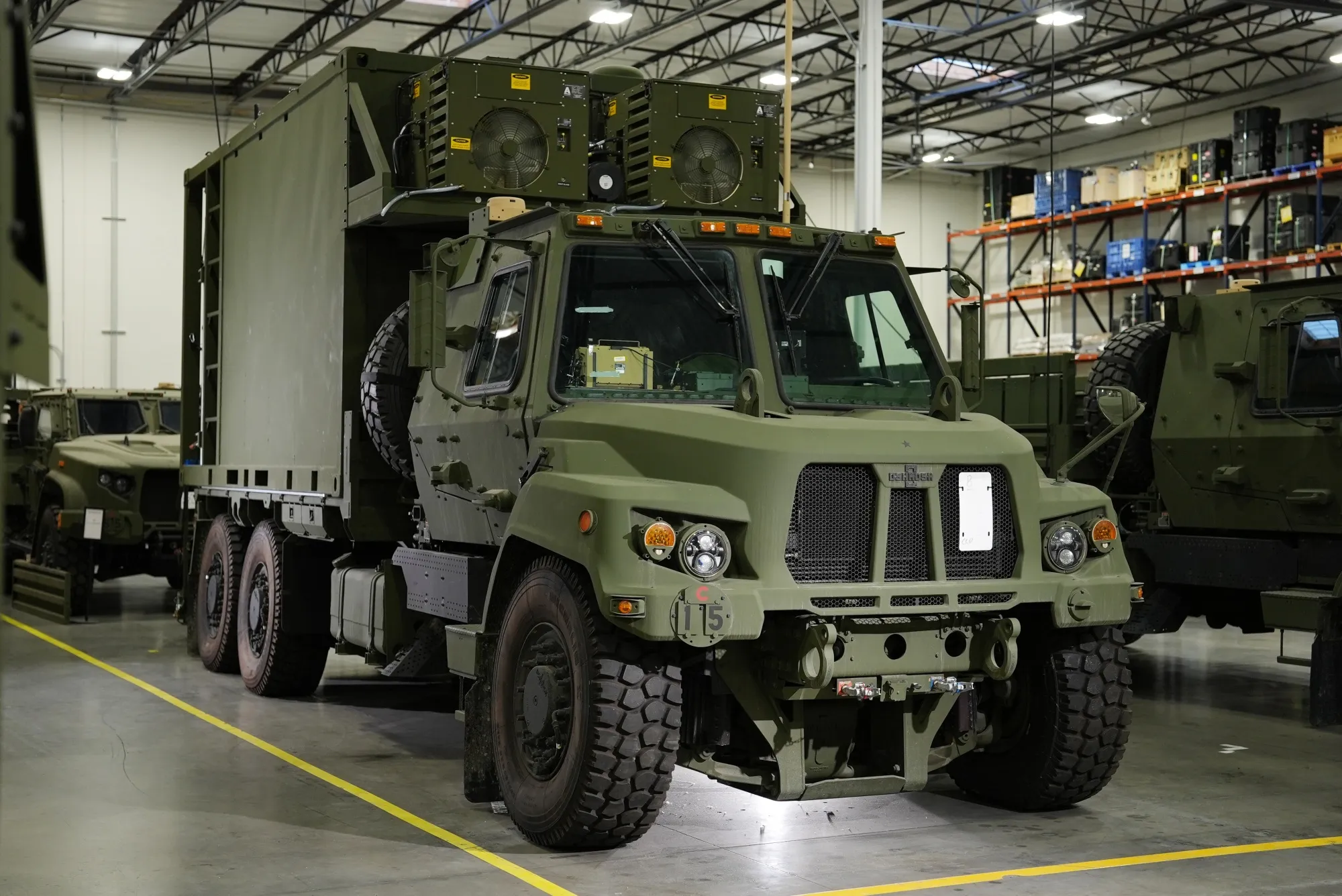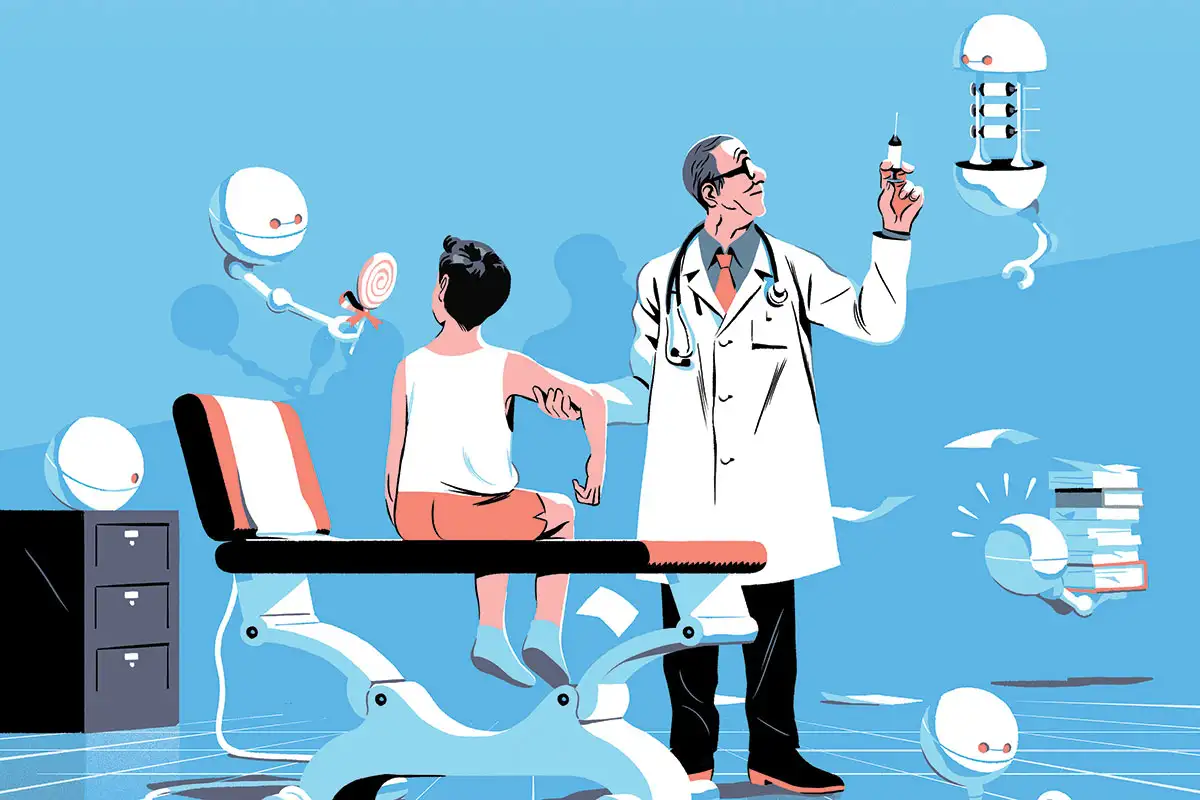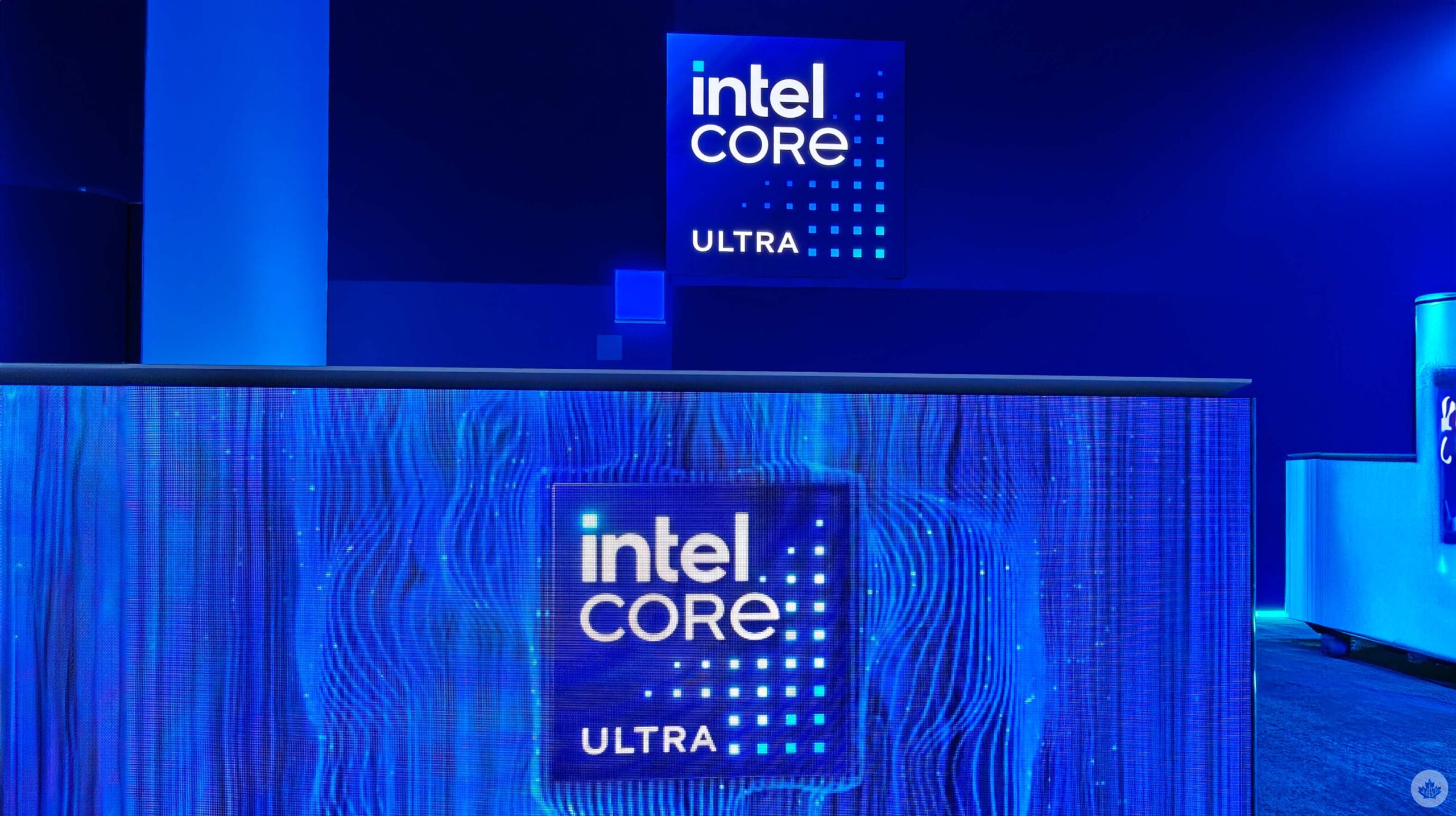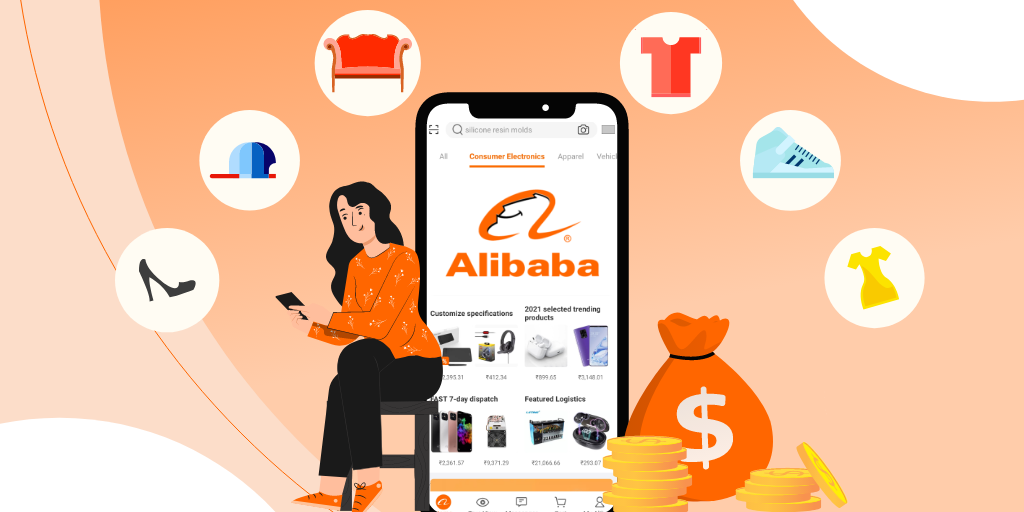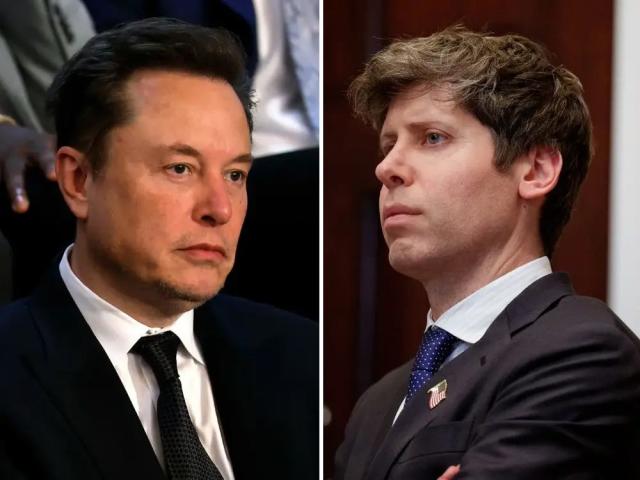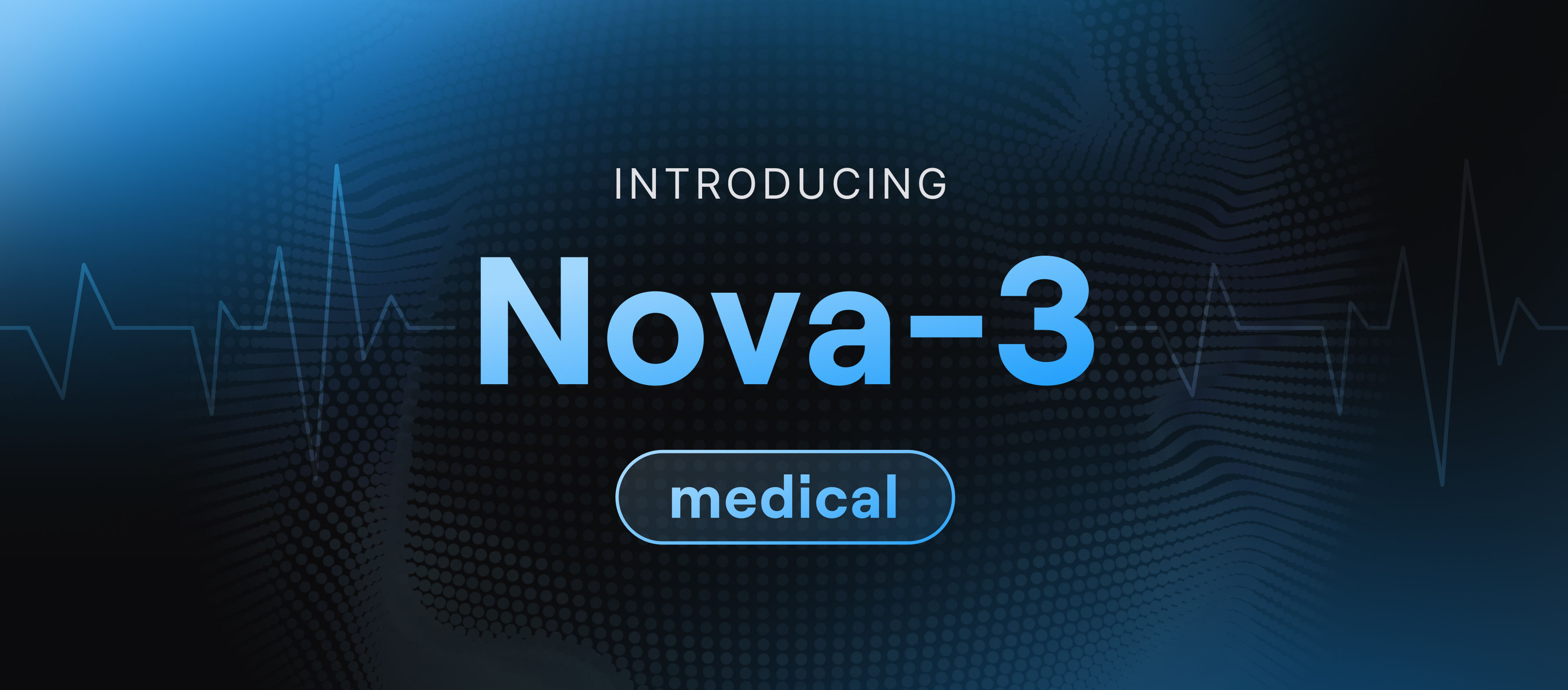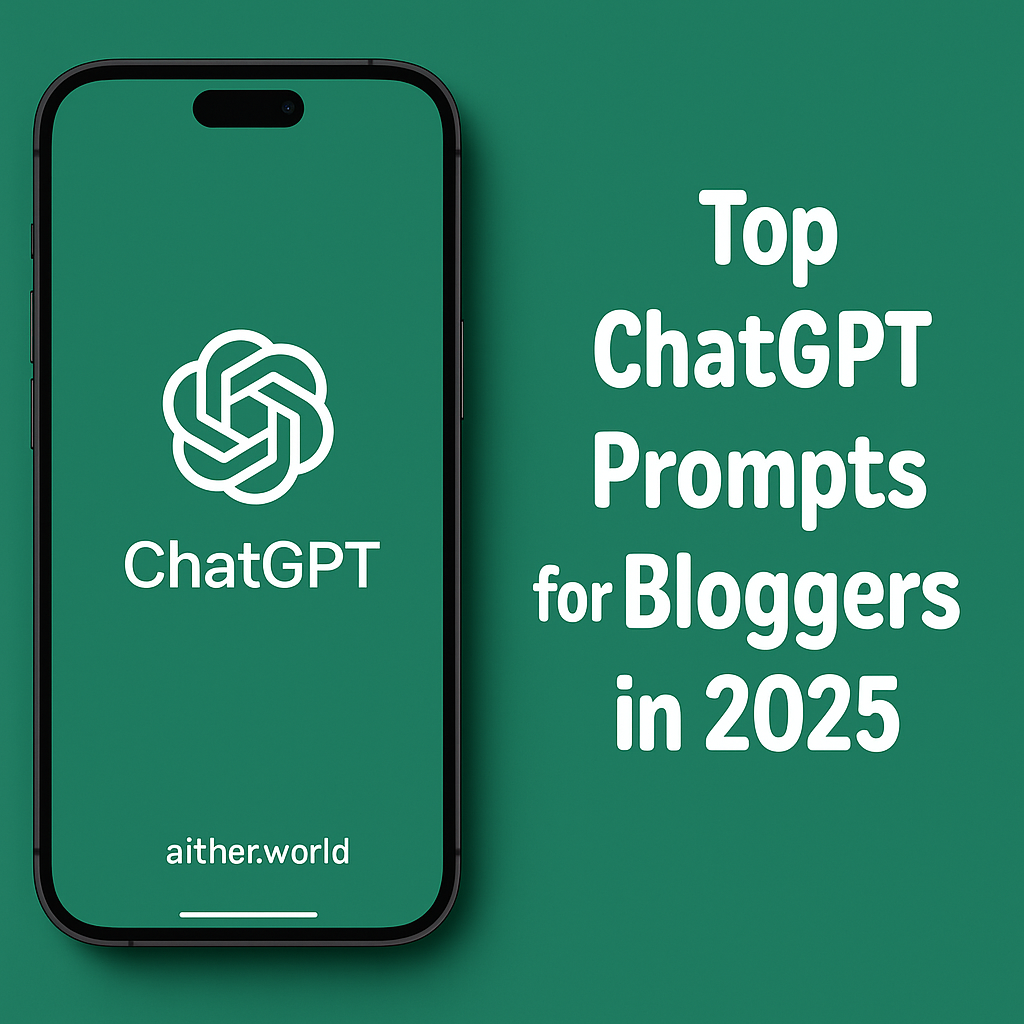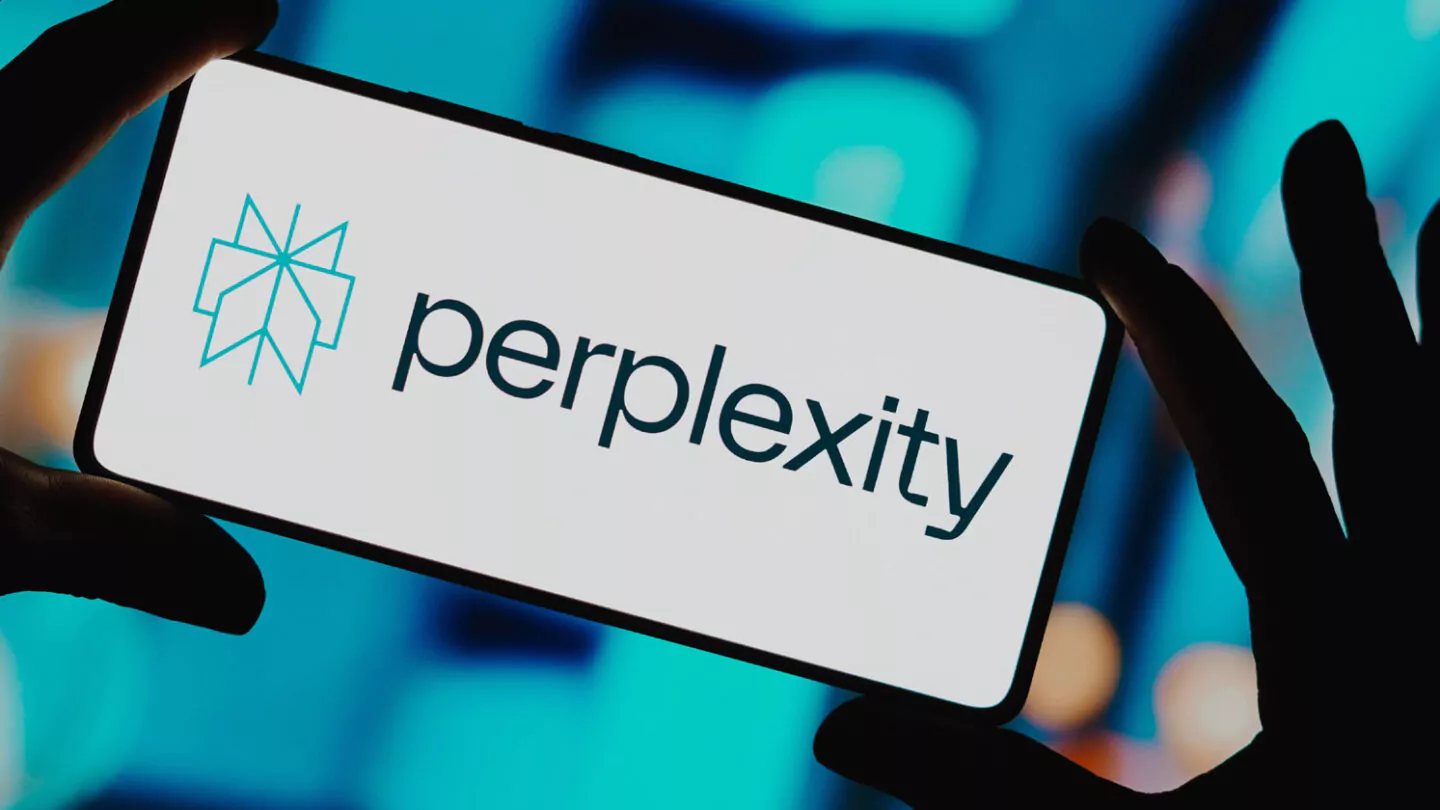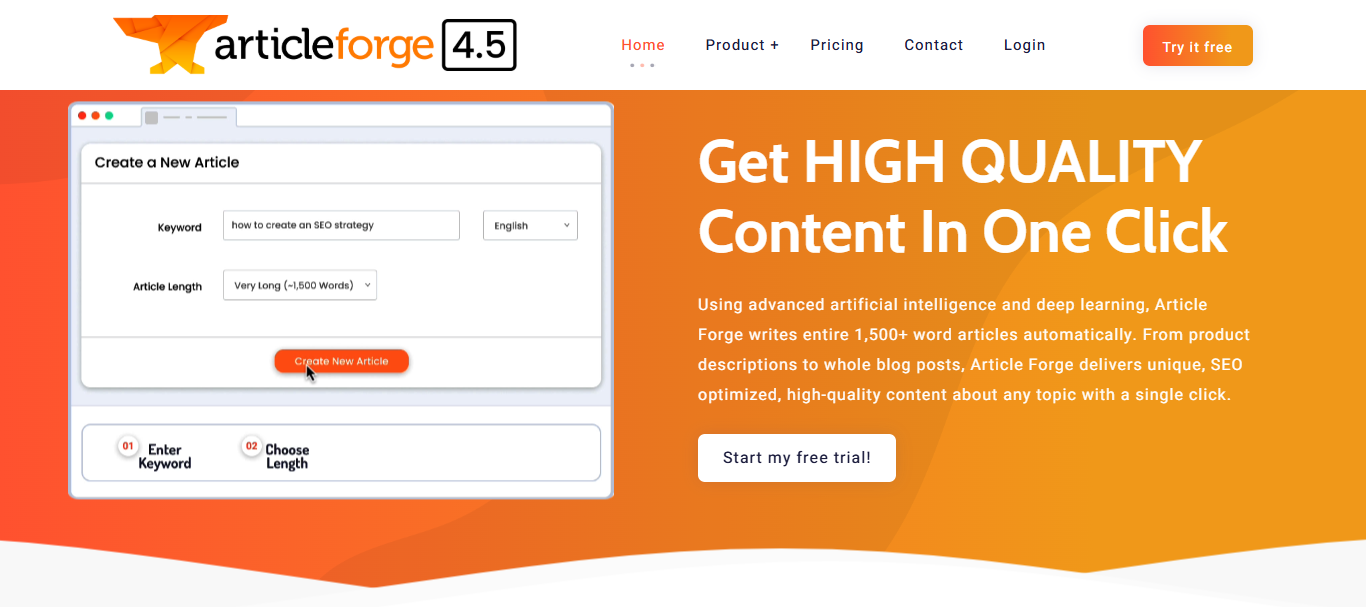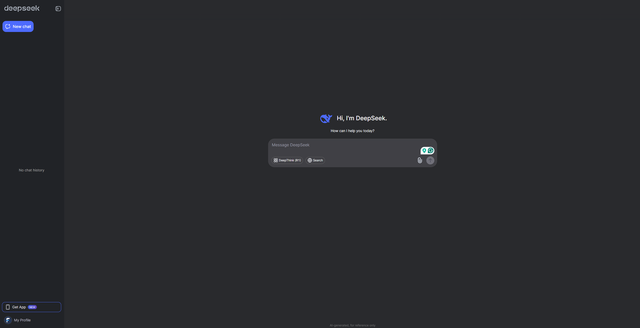Just days after OpenAI unveiled its most advanced AI image generator yet, a striking social media trend is taking the internet by storm. Users are leveraging the newly updated GPT-4o—now equipped with highly refined text rendering and intricate prompt-following abilities—to create images and videos that mimic the signature style of renowned Japanese animation powerhouse, Studio Ghibli.
The Breakthrough Update to GPT-4o
Released on Tuesday, the GPT-4o update not only enhances practical capabilities but also boasts an expansive training dataset featuring a “vast variety of image styles.” According to a recent post on OpenAI’s website, the enhanced model impressively generates still images and videos that echo the aesthetics of popular animations ranging from “South Park” to classic claymation. This technical leap has set the stage for creative experiments that are capturing global attention.
A Ghibli-Style Revolution on Social Media
Within hours of the update’s launch, platforms like X (formerly Twitter) and Instagram were inundated with content. ChatGPT users and enthusiasts of OpenAI’s text-to-video service, Sora, began channeling the magic of Studio Ghibli—the studio behind masterpieces like Spirited Away and Howl’s Moving Castle—to reimagine scenes from pop culture and current events.
From a reworked trailer of The Lord of the Rings: The Fellowship of the Ring to scenes inspired by The Sopranos, the trend soon morphed into a creative outlet for political commentary as well. Memes featuring Donald Trump, JD Vance, and even Ukrainian President Volodymyr Zelensky were transformed with a whimsical Ghibli twist. Other viral posts include playful reinterpretations of iconic internet memes like the “distracted boyfriend” and the “bro explaining” meme, along with a humorous depiction of Elon Musk balancing cutlery—a nod to a recent dinner hosted by former President Donald Trump in New Jersey.
Copyright Concerns and Artistic Integrity
The rapid spread of these Ghibli-inspired creations has reignited longstanding debates over the role of AI in art, particularly regarding copyright and the ethical implications of replicating iconic visual styles. Studio Ghibli co-founder Hayao Miyazaki, known for his painstaking hand-drawn animation process, has been notably critical of AI-generated art. In a widely circulated 2016 video, Miyazaki condemned the technology as an “insult to life itself,” expressing his disdain for integrating AI into artistic endeavors.
The controversy deepened when nearly 4,000 artists and supporters signed an open letter urging Christie’s auction house to cancel a pioneering sale of AI art. The signatories argue that many generative digital pieces are produced using programs trained on copyrighted materials, potentially exploiting the work of human artists.
Sam Altman Weighs In on the Trend
OpenAI CEO Sam Altman took to X to comment on the phenomenon with characteristic humor. Reflecting on his company’s journey, Altman joked about the unexpected spotlight: “After a decade trying to help make superintelligence to cure cancer or whatever, it was Studio Ghibli images that generated viral interest in my work.” He added a self-deprecating remark on social media trends, noting, “Mostly no one cares for the first 7.5 years, then for 2.5 years everyone hates you for everything. Wake up one day to hundreds of messages: ‘Look, I made you into a twink Ghibli style haha.’”
The Future of AI Art: Innovation Amid Controversy
As the debate over AI’s role in art continues to evolve, OpenAI’s latest update serves as both a showcase of technological prowess and a flashpoint for discussions about artistic integrity and copyright. With GPT-4o’s advanced capabilities, users are exploring the boundaries between human creativity and machine learning, even as legal and ethical concerns remain unresolved.
This unfolding story not only highlights the transformative impact of AI on creative industries but also underscores the challenges of balancing innovation with respect for traditional art forms. Stay tuned for more updates on this developing narrative as industry leaders, artists, and policymakers navigate the complex intersection of technology and art.
For more news on AI developments and copyright debates, subscribe to our newsletter and follow our updates online.
